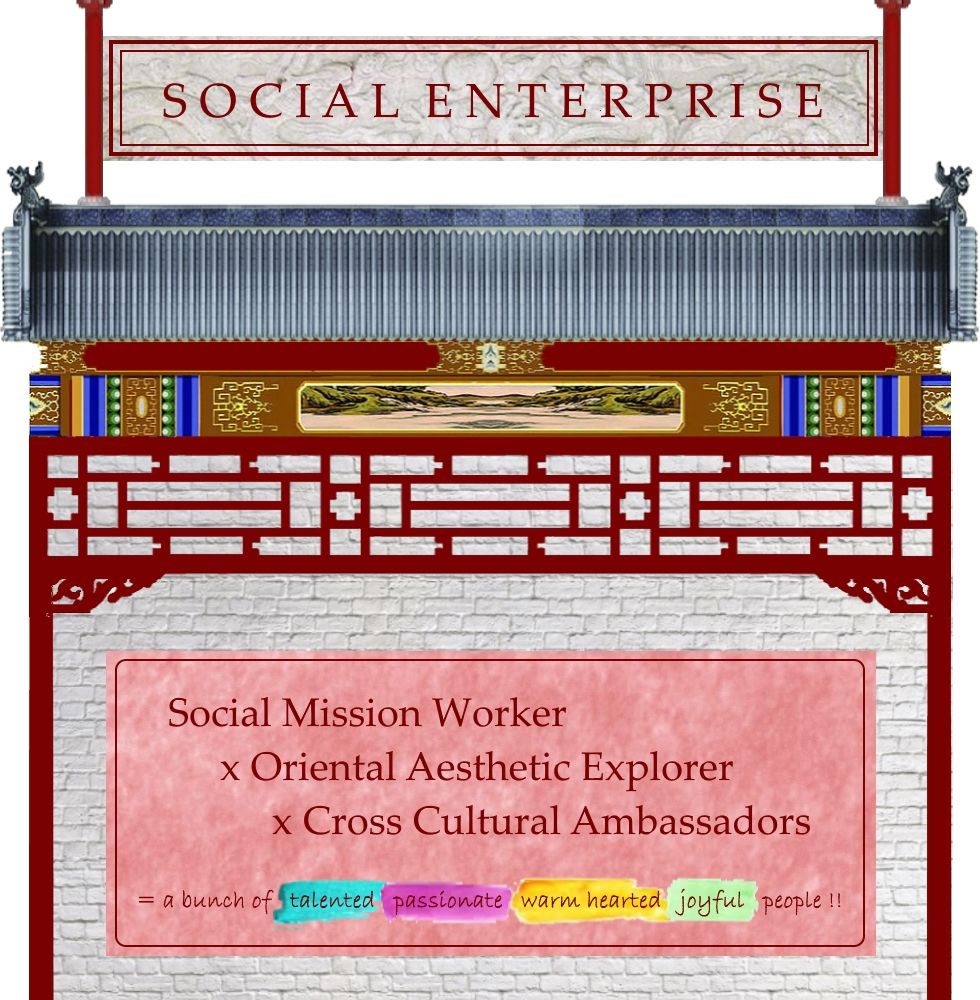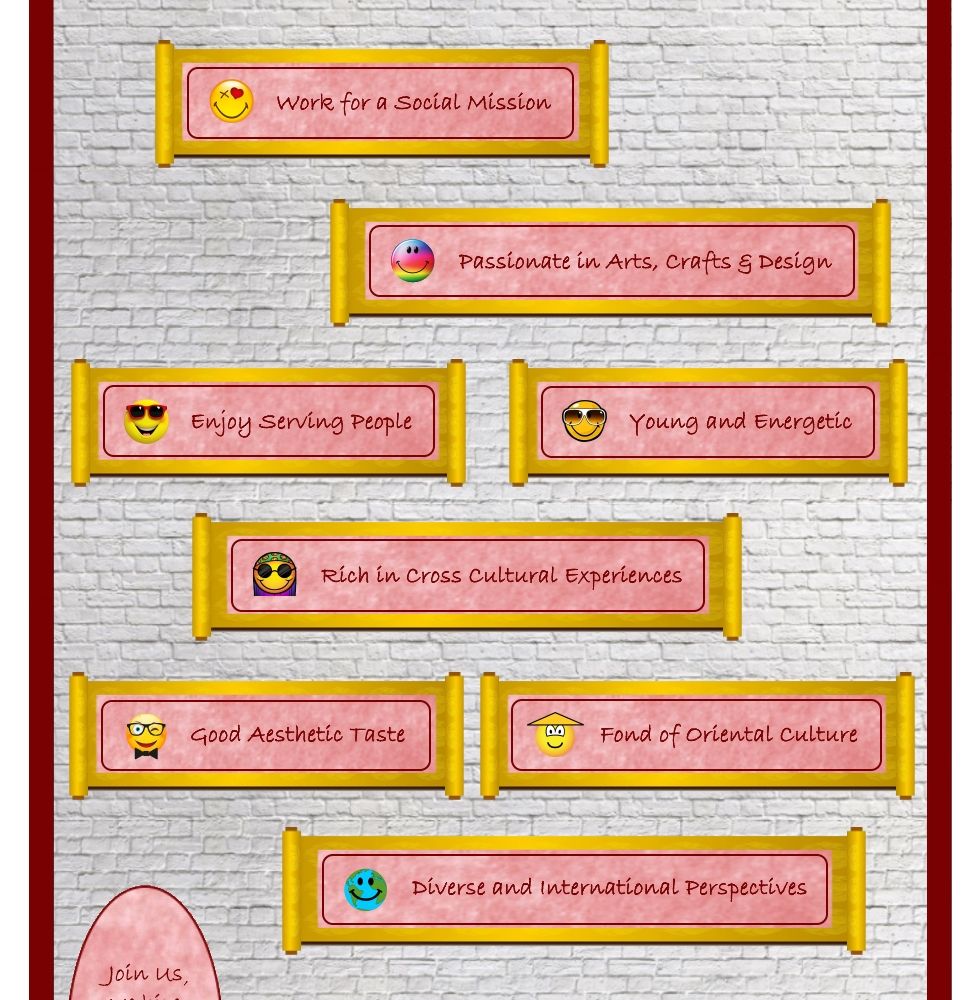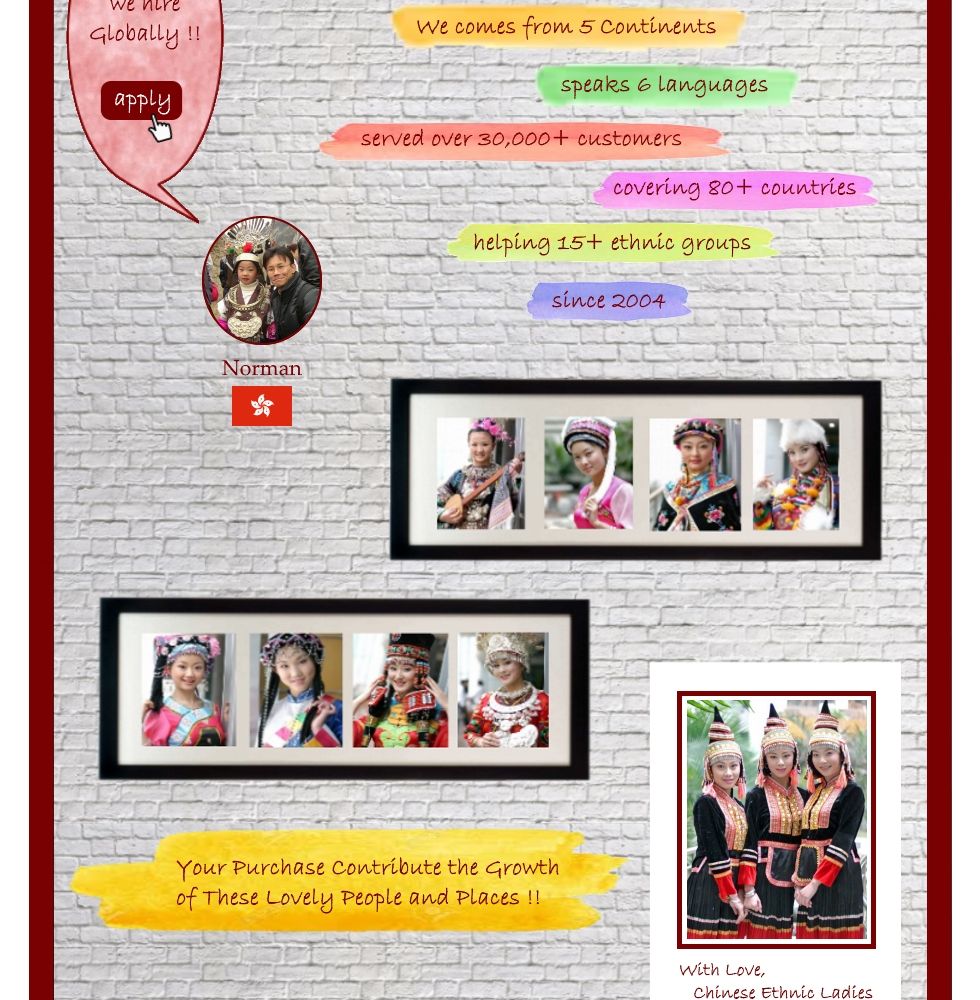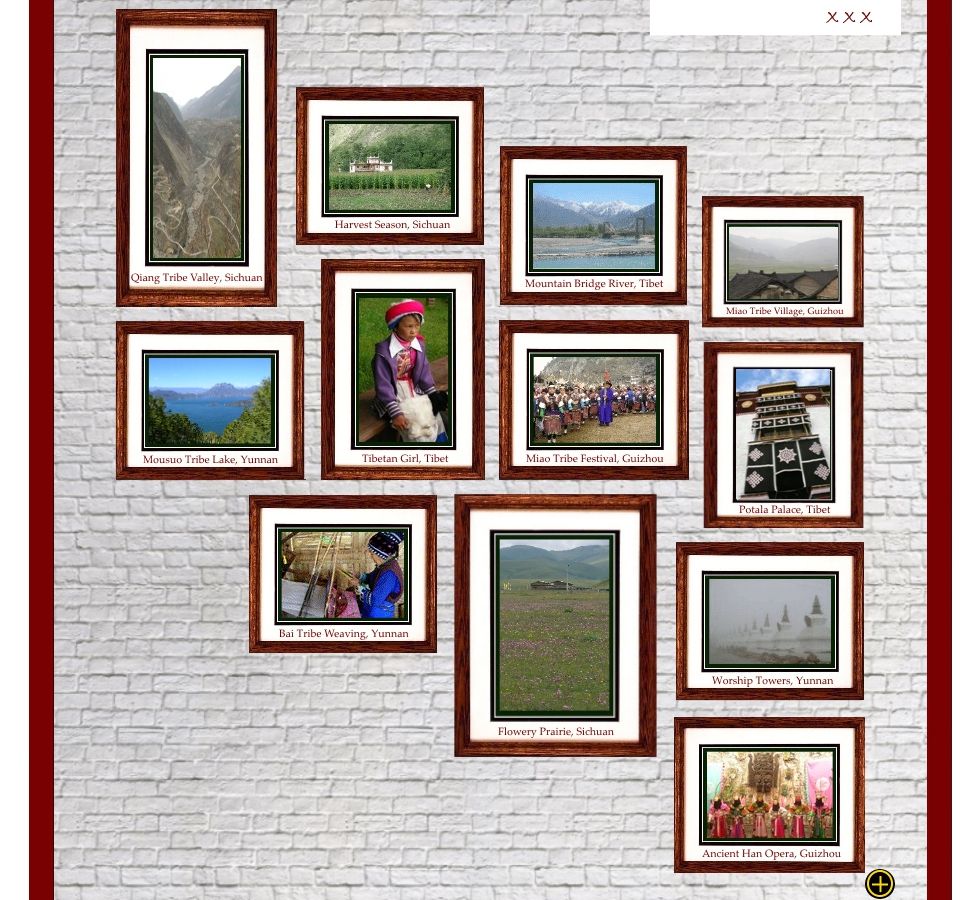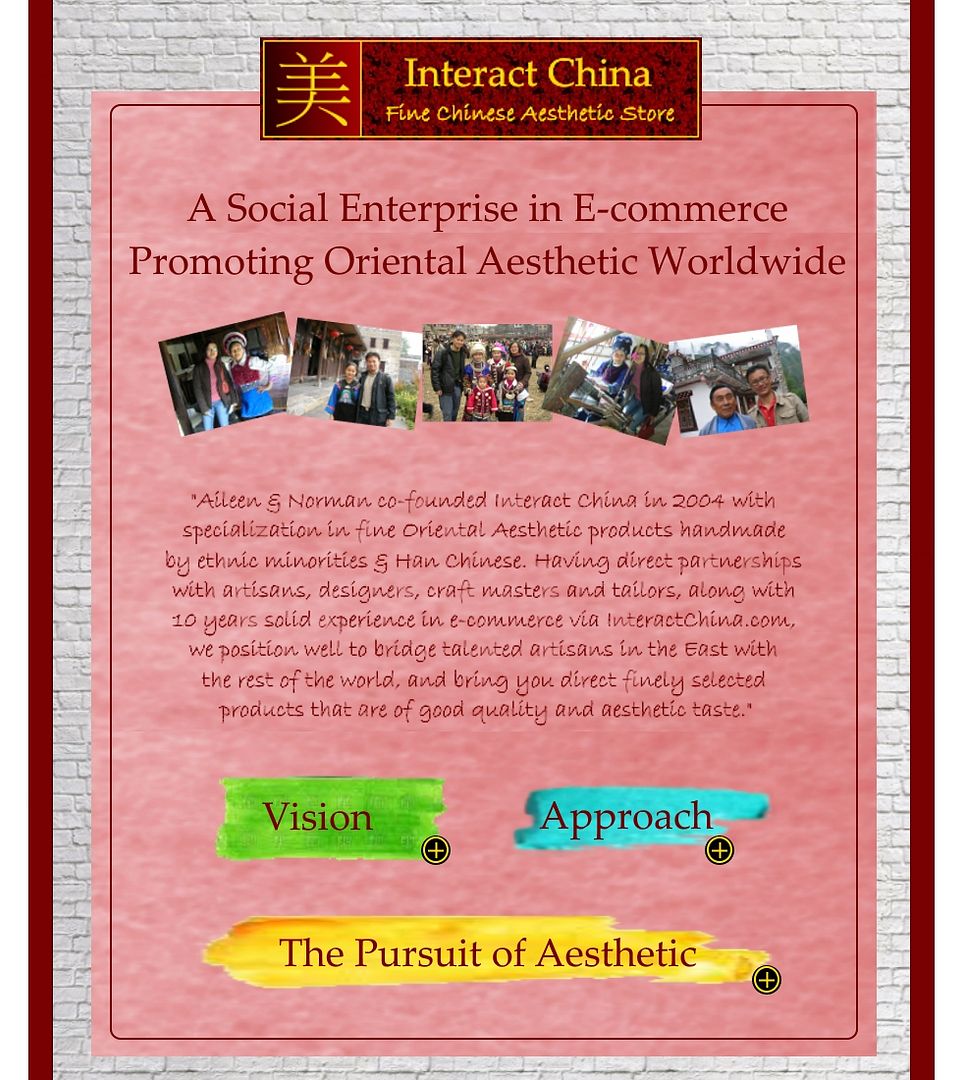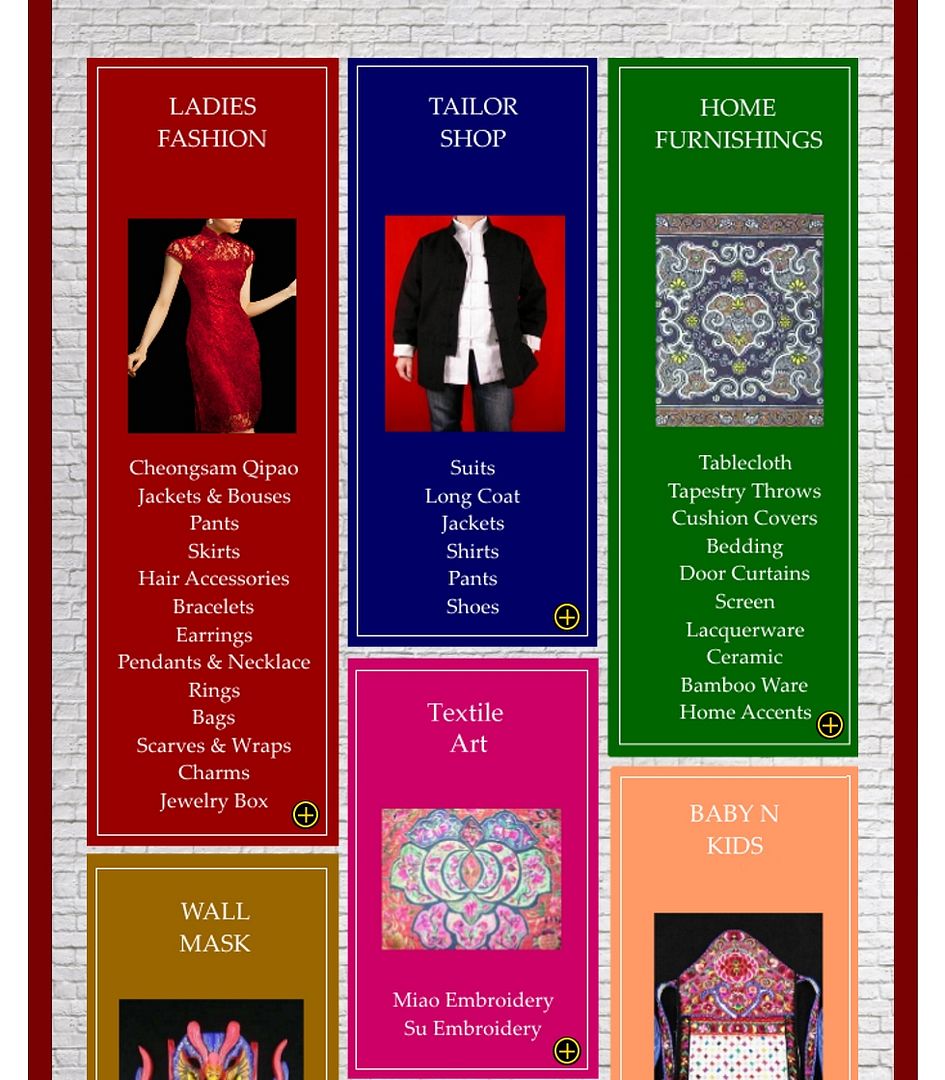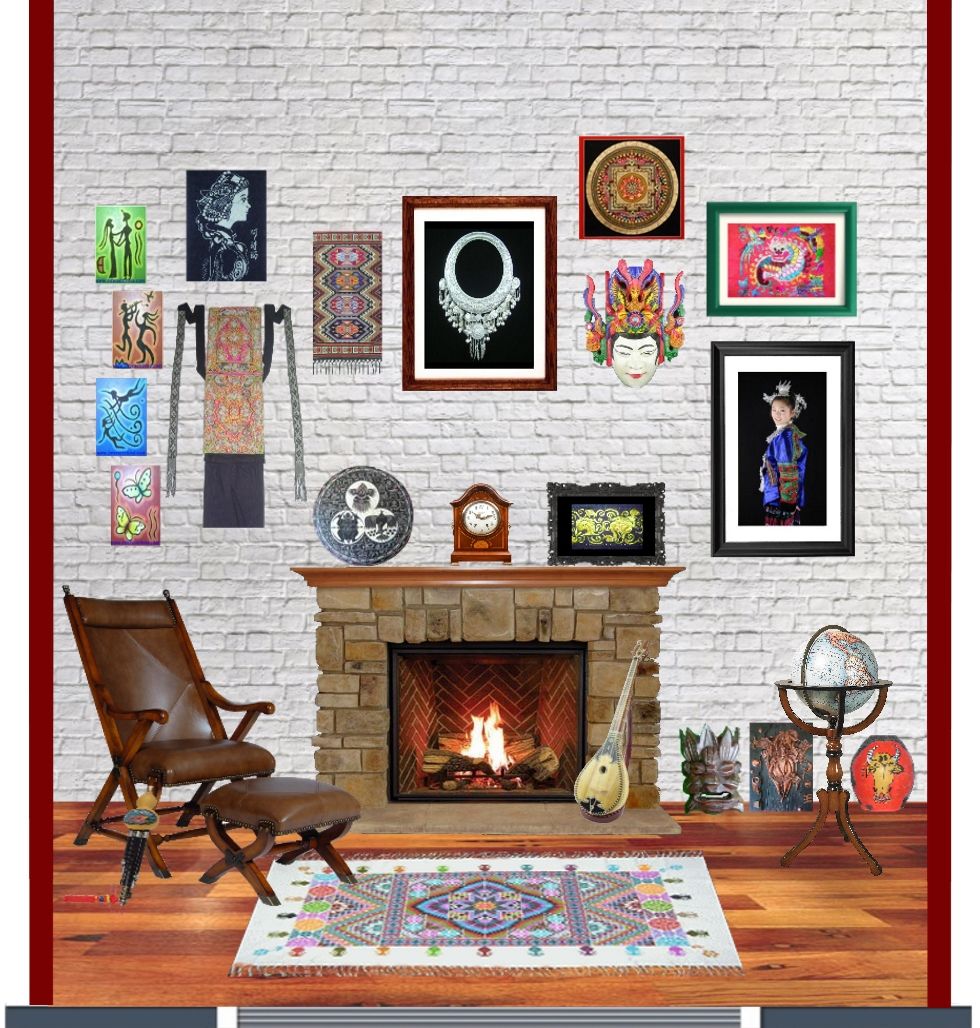Xinjiang Uyghur Musical Instrument – Tambur
9th Jun 2017
Tambur is another long-neck lute from Central Asia that exists in different shapes, and is the wire-strung companion of Dutar .

Tambur has a pre-Islamic history in the Middle East. It has been found in Ancient Persia and Baghdad Iraq during the Akkadian era (3rd millennium B.C.). In the Sassanid period 5 to 6 century C.E., Tambur in lute form was all ready in use. Later Tambur spread throughout the Middle East and also became popular in Mesopotamia and later on in Babylon. The influence of the Tambur is quite wide spread from Turkey, Kurdistan, Iran to Xinjiang China (Turkistan).
Tambur is either played solo or accompanied by other instruments arranged in ensembles to orchestras. The repertoire being played on the UyghurTambur is called “On Ikki Maqam” or “the 12 maqam”.
Shell
Tambur is made almost entirely of wood. The shell is assembled from strips of hardwood called ribs joined edge to edge to form a semi-spherical body for the instrument. The number of ribs traditionally amounts to 17, 21 or 23, yet examples with slightly wider and consequently fewer ribs (7, 9 or 11) can also be found among older specimens. Traditionally, thinner strips called fileto are inserted between the ribs for ornamental purposes, but are not obligatory. The most common tonewood veneers used for rib-making are mahogany, flame maple, Persian walnut, Mecca balsam wood (Commiphora gileadensis), Spanish chestnut, Greek juniper, mulberry, Oriental plane, Indian rosewood and apricot. Ribs are assembled on the bottom wedge (tail) and the heel on which the fingerboard is mounted.
Soundboard
The soundboard is a rotund thin (2.5–3mm) flat three-, two- or single-piece plate of resonant wood (usually Nordmann, silver or Greek fir). This circular plate measuring about 30 to 35 cm in diameter is mounted on the bottom wedge and the heel with simmering glue and encircled with a wooden ring. A soundhole is either wanting or consists of a very small unornamented opening (mostly in historical specimens), giving the instrument its peculiar sonority.
Neck
The neck (Sap) is a mince (only 4-4.5cm in diameter) 100–110cm long D-section fingerboard made of light wood and carries catgut frets adjusted to give 36 intervals in an octave. Catgut frets are fixed on the neck by means of minute nails. The main bridge is trapezoidal and mobile, and since the shell lacks braces to support the soundboard, the latter slightly yields in under the bridge. The smaller upper bridge between the pegbox and the neck is traditionally made of bone.
Plectrum
The plectrum is made of tortoiseshell and is called “bağa” (meaning turtle). Cut in an asymmetrical V-form and polished at 45 on the tip, it measures 2-2.5mm x 5–6mm x 10–15cm. Nowadays it has seven strings. In the past tamburs with eight strings were not uncommon.
by Xiao Xiao @ InteractChina.com
About Interact China
-----------------------------------------------------------------------------------------------------------------------------
"A Social Enterprise in E-commerce Promoting Oriental Aesthetic Worldwide"
Aileen & Norman co-founded Interact China in 2004 with specialization in fine Oriental Aesthetic products handmade by ethnic minorities & Han Chinese. Having direct partnerships with artisans, designers, craft masters and tailors, along with 10 years solid experience in e-commerce via InteractChina.com, we position well to bridge talented artisans in the East with the rest of the world, and bring you direct finely selected products that are of good quality and aesthetic taste.
So far we carry 2000+ goods covering Ladies Fashion, Tailor Shop, Home Furnishings, Babies & Kids, Painting Arts, Textile Arts, Carving Arts, Tribal Jewelry Art, Wall Masks and Musical Instruments. Our team speak English, French, German, Spanish and Italian, and serve customers worldwide with passion and hearts.
-----------------------------------------------------------------------------------------------------------------------------
P.S. We Need People with Similar Passion to Join Our Blogging Team!
If you have passion to write about Oriental Aesthetic in Fashion, Home Decor, Art & Crafts, Culture, Music, Books, and Charity, please contact us at bloggers@interactchina.com, we would love to hear from you!











